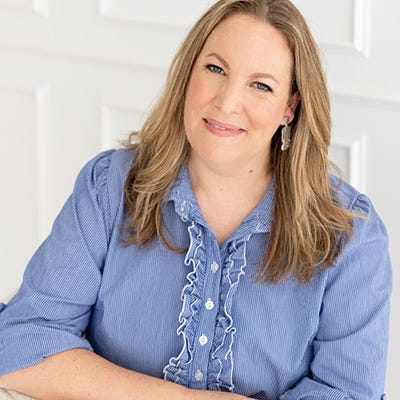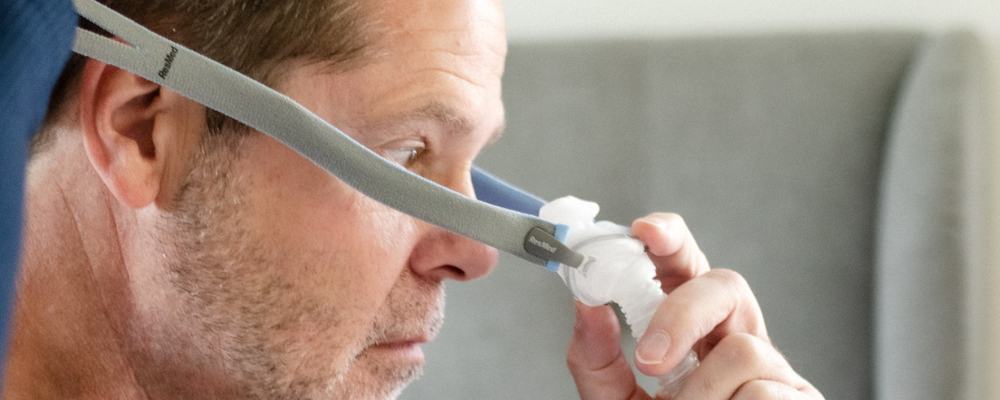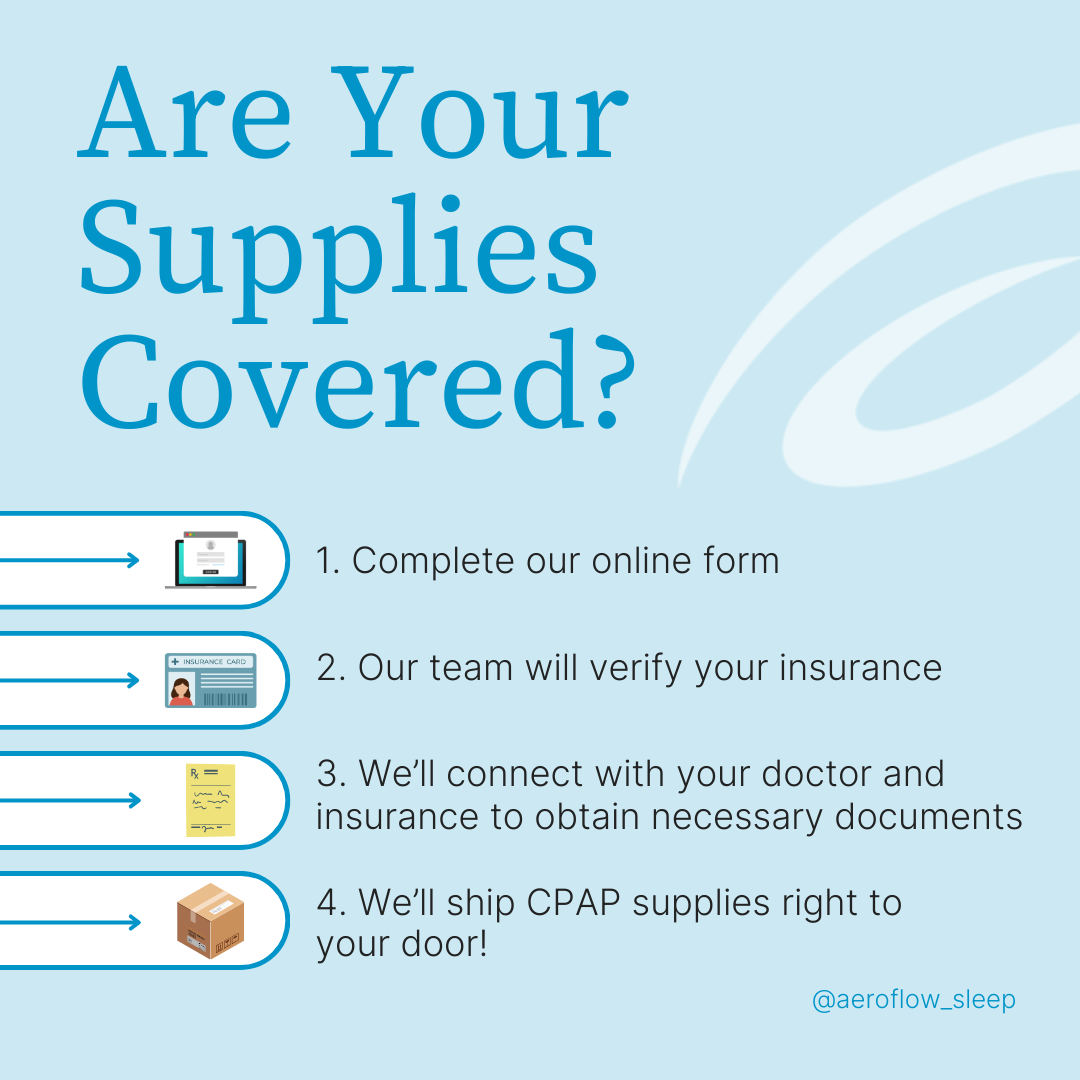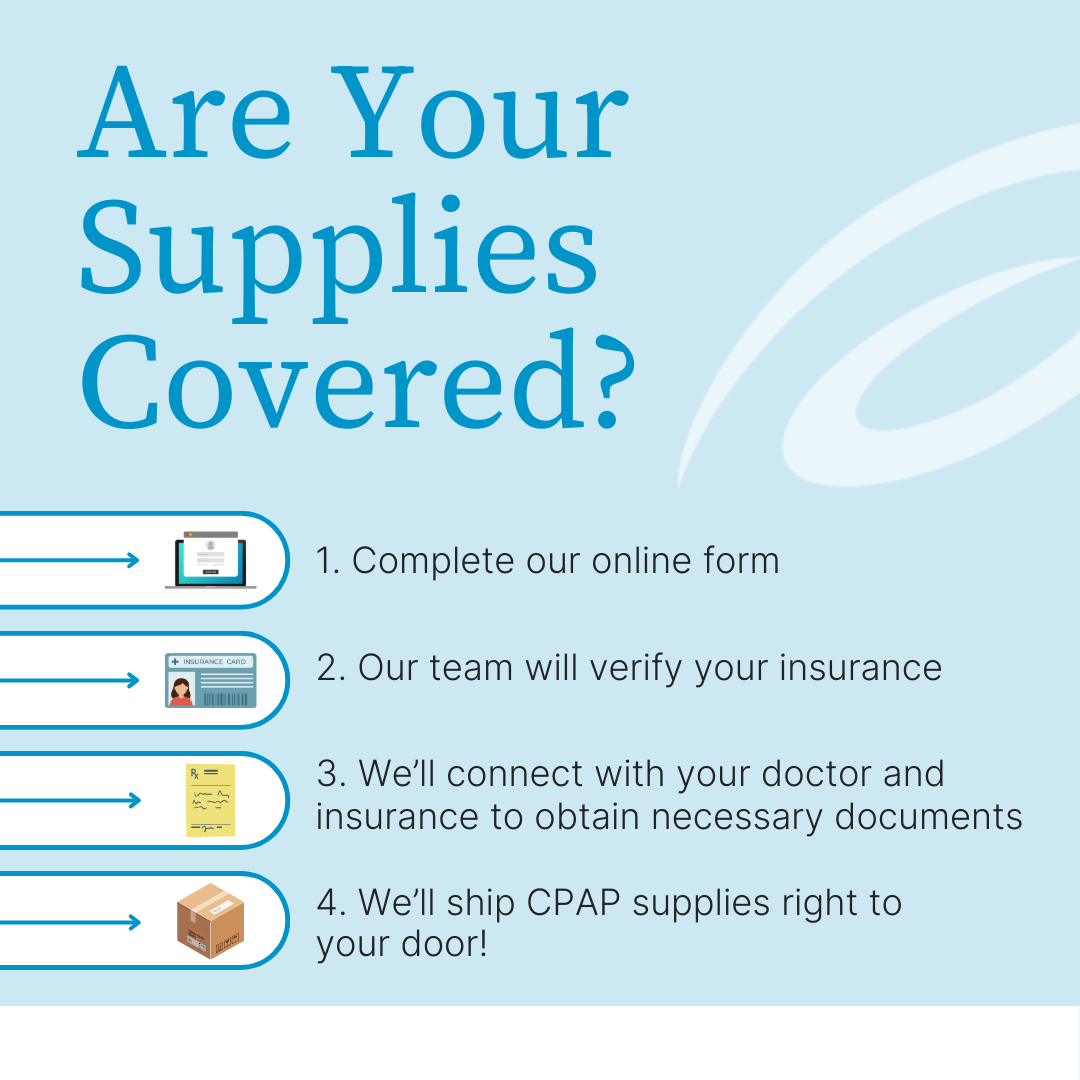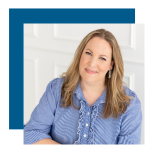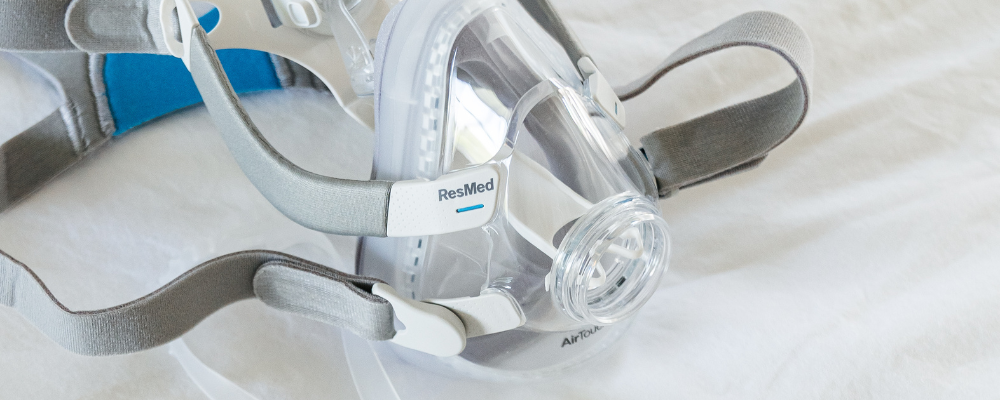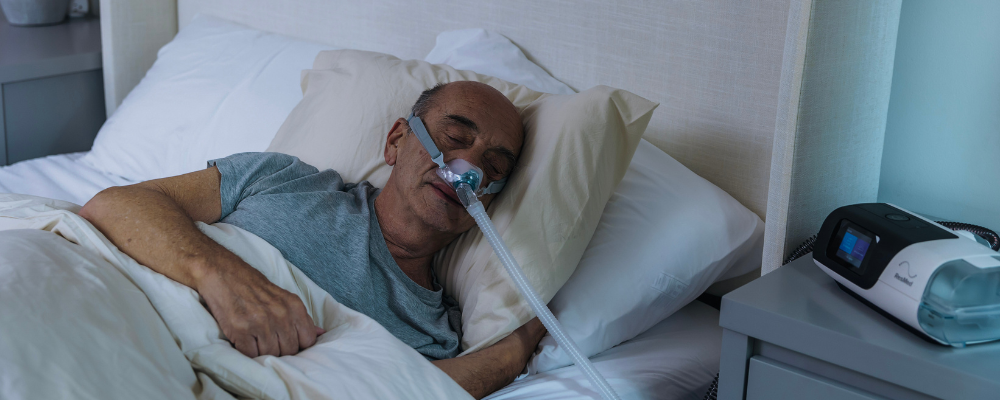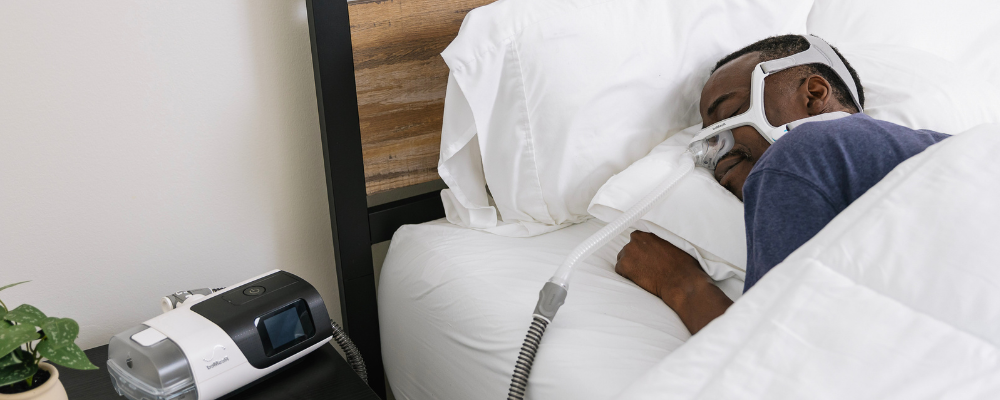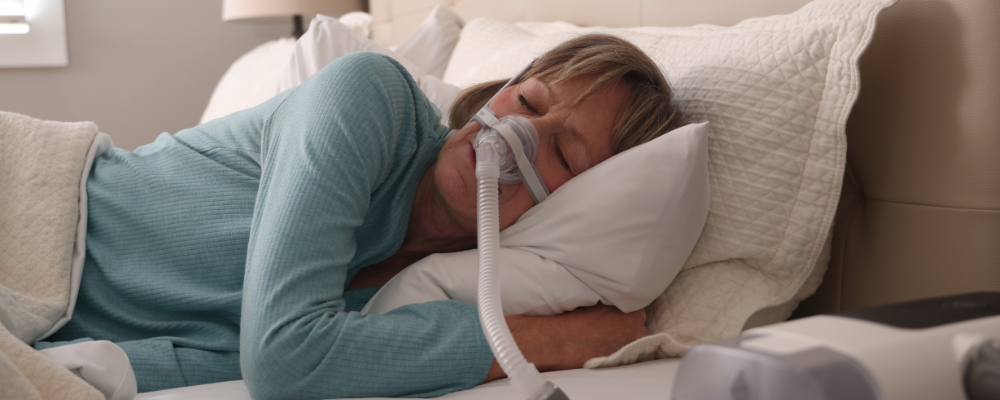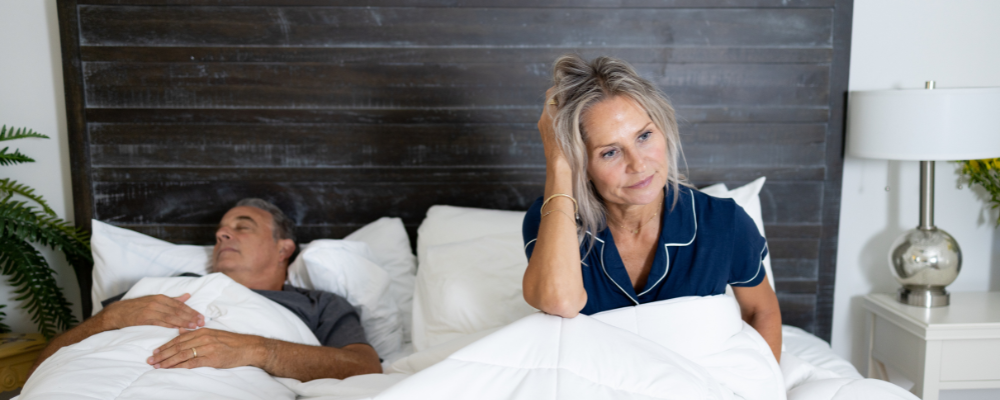Being diagnosed with obstructive sleep apnea (OSA) can involve a lot of new habits. Whether it’s your partner adapting to your new sleep setup or getting into the groove of keeping CPAP parts clean, it’s never too late to revisit and improve your CPAP habits, and what better time to try than the New Year?!
My sleep apnea therapy (also called CPAP therapy) has taught me that building habits is a personal journey and what works for me might not be a perfect fit for everyone. I hope that by sharing my habits around CPAP, I can help you develop ideas for what might work best for you.
How To Form Habits That Support CPAP Use
The biggest habit to form is wearing the CPAP mask all night. It is natural that this is a habit that takes a while. After all, it’s the first time most people are sleeping with something on their face. Prior to the coronavirus pandemic, it was even the first time most people wore anything on their face regularly; lest you were a fighter pilot, scuba diver, etc.
For me, building the habit of keeping my CPAP mask on all night meant trying different masks out until I found the most comfortable solution for me. Only then was the habit formed, because every time I realized I took my mask off during the night, I would simply put it back on. Some time in that first month, I finally became used to the feeling of sleeping with my mask on, and I stopped taking it off in my sleep.
How To Form The Habit Of Cleaning Your CPAP
You may recall, I was born and raised in Scotland. Even though I have lived in the United States for more than a decade, I still like to use some Scottish words from time to time. One of my favorite Scottish words is ‘foosty,’ meaning a stale or musty smell. Nothing describes the whiff of a CPAP machine that hasn’t been regularly cleaned better than ‘foosty’.
I used to struggle to keep up with cleaning my CPAP parts, but then I developed a routine that has kept the ‘foostiness’ at bay for years now. There are two parts to my routine—daily, morning cleanings and weekly cleanings—and both are important. Let me explain.
My Morning CPAP Cleaning Routine
Cleaning the oils and residue that can build up on CPAP mask cushions overnight prevents me from getting sick. Of course, I don’t always have time to do a full wash, rinse, and repeat every morning. CPAP wipes have been an absolute lifesaver for me.
I don’t even have to think about it; I reach for CPAP wipes first thing and thoroughly wipe down my CPAP mask. I hang it up on a curtain rod, high enough to be out of reach for my dog, Bear, to eat, and I do this before I even use the bathroom or make my bed. Then, before I head to the bathroom to brush my teeth, I disconnect my humidifier chamber, empty the old water into the sink, and leave it to air dry. Nothing causes a ‘foosty’ smell more than water left to get moldy.
IMPORTANT! CPAP wipes are not covered through insurance.
My Weekly CPAP Cleaning Routine
CPAP wipes will not save you in the end. I still needed to create a weekly CPAP cleaning routine, because CPAP wipes are only meant to sanitize; they do not replace regular cleanings.
When I got serious about wanting to clean my CPAP, I thought about a regular time I would be in the kitchen and not too tired; I came up with Sunday morning. Sunday morning is a time when I usually spend a little more time making breakfast for my family. Whether it’s eggs or pancakes, my breakfast prep has meshed with my weekly CPAP cleaning routine.
I’ll put equal parts vinegar and water into my humidifier chamber and leave it to sit while I chop potatoes or mix batter. Next, I’ll fill the sink with hot soapy water and leave my CPAP mask parts, humidifier chamber, and hose to soak. I’ll put on water to boil for coffee and go back to the sink and scrub all the CPAP parts, rinse with clean water, and lay them out on a clean dish towel to air dry.
Most Sundays, after we eat breakfast, I then take a shower. When I’m finished, I hang my CPAP hose up to dry over the shower head. That way any drips will fall out, and it can air dry more effectively. You should not use your CPAP if it isn't dry.
If you have any questions or would like a visual tutorial, watch Aeroflow Sleep’s quick cleaning and maintenance guide, presented by Michelle Worley, RN:
Don’t Forget The CPAP Filter!
In the years since I started hosting my “Sleep Apnea Stories” podcast, I’m always horrified that so many patients aren’t aware that most CPAP machines have a removable filter. It’s this little piece of woven material that collects dust and airborne particles while the air that moves your machine is pressurized and then pushed back to you. These are vital to make sure the air you breathe all night is as clean as possible.
Different makes and models of CPAP machines vary, and some have larger filters, which are changed less frequently. For my ResMed Airsense 10, there is a replaceable filter that needs to be replaced monthly. Others are replaced more frequently, and some are even disposable.
To ensure this is changed at least once per month, I have built a habit of replacing it on the 1st day of every month. This is easy to remember, and I have set up a reminder on my Google Calendar to make sure it happens.
When Should You Replace CPAP Parts?
Dr. Chris Allen—AKA: Sleep Dr. Chris—likes to say “a CPAP mask should never have a birthday.” He’s not wrong. Not just CPAP masks and filters; CPAP machines usually need to be replaced about every 5 years. In fact, all of the detachable parts that come with them need to be replaced and much more frequently.
Why? Well, even with regular cleaning, the materials of masks, hoses, and humidifier chambers break down with wear and tear. Small holes, cracks, or tears in CPAP parts can cause large leaks. Large leaks can compromise how effective CPAP therapy is, and that’s why a regular replacement schedule is a good idea.
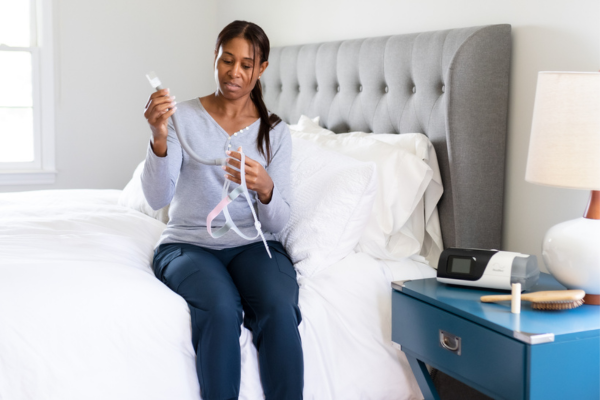

Aeroflow Sleep can help take away the burden of remembering when to replace your CPAP equipment, because they have a program to automatically send the correct supplies to you at the manufacturer-recommended intervals. It will still be important to check for signs of damage from time to time, but you can relax knowing that replacement supplies will arrive without setting date reminders; like me.
Remember, New Habits Take Time To Form
There are a lot of new habits to build when starting CPAP therapy. Even if you aren’t new to CPAP, there might be areas you want to improve. My experience building habits around using my CPAP included some frustration and trial and error, and it didn’t happen in the first year or the second. Be patient with yourself and know over time things will get easier. So, start with your own routine and find small ways to build new habits in the New Year.
References
"foosty." Wiktionary. 27 Aug 2022, 23:55 UTC. 28 Dec 2023, 22:27 <https://en.wiktionary.org/w/index.php?title=foosty&oldid=68837190>.
Fountain, Lauren. “CPAP Filters.” Best CPAP Supplies, Sleep Foundation, 24 May 2023, www.sleepfoundation.org/best-cpap-supplies/cpap-filters.

